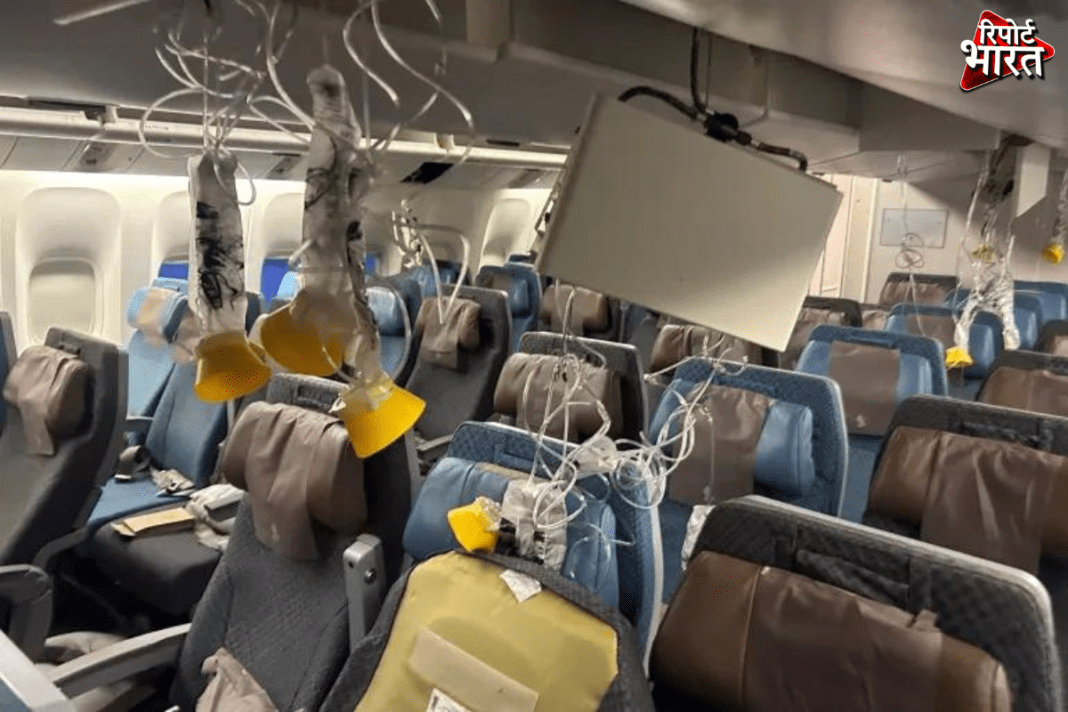In a rare incident, a passenger was killed and 71 others suffered injuries due to severe turbulence on a flight from London to Singapore.
A Singapore Airlines flight from London to Singapore encountered several turbulence, resulting in the death of one passenger and injuries to at least 30 others.
Flight number SQ321 which took off from Heathrow Airport in London on Monday and was headed to Singapore, “encountered severe turbulence” en route. Therefore, the aircraft was then diverted to Bangkok’s Suvarnabhumi International Airport, where it landed at 3.45 pm (local time) on Tuesday.
Who was Geoffrey Kitchen ?
The passenger who died while traveling on the flight due to the turbulence was a 73-year-old British passenger named Geoffrey Kitchen who suffered a heart attack. He was originally from Bristol and was an amateur theatre performer and a retired insurance professional.
He was on holiday with his wife Linda when this ill-fated incident occurred. His family revealed that Kitchen had a history of heart issues. He had recently undergone surgery to insert stents, to help widen his arteries and improve blood flow. His wife Linda was one of the passengers who were admitted to the Bangkok hospital.

Horrific Experience of Passengers In Singapore Flight
The passengers shared their terrific experience on social media which gave goosebumps to all. One passenger said that the food was being served when the turbulence occurred. It felt like the plane was dropping and will crash soon.
Another shared that he was deciding between taking a nap and watching a movie when the seatbelt sign flashed on. Just as he secured his seatbelt, the plane began to drop violently. He further said that a few of the passengers who were not able to fasten their seat belts fell on the floor or got injured by colliding their heads with the luggage cabin.
Investigations and future precautions
The event is being investigated by the Transport Safety Investigation Bureau of Singapore and the National Transportation Safety Board (NTSB) of the United States. According to preliminary research, turbulence episodes may be occurring more frequently and with greater severity as a result of climate change.
“Climate change is increasing the temperature differential between the warm tropics and the frigid poles across the jet stream, which causes clear-air turbulence. The aviation sector is advised to strengthen safety measures and real-time weather data sharing as investigations progress in order to better prepare for such erratic turbulence episodes.





